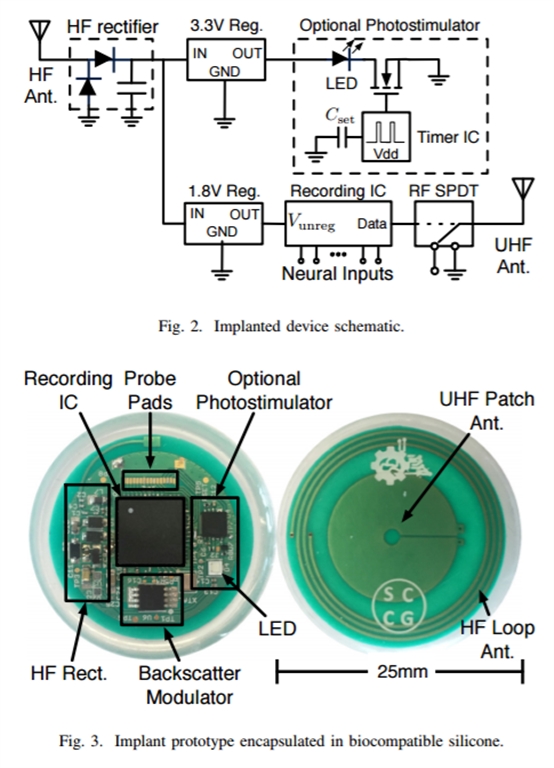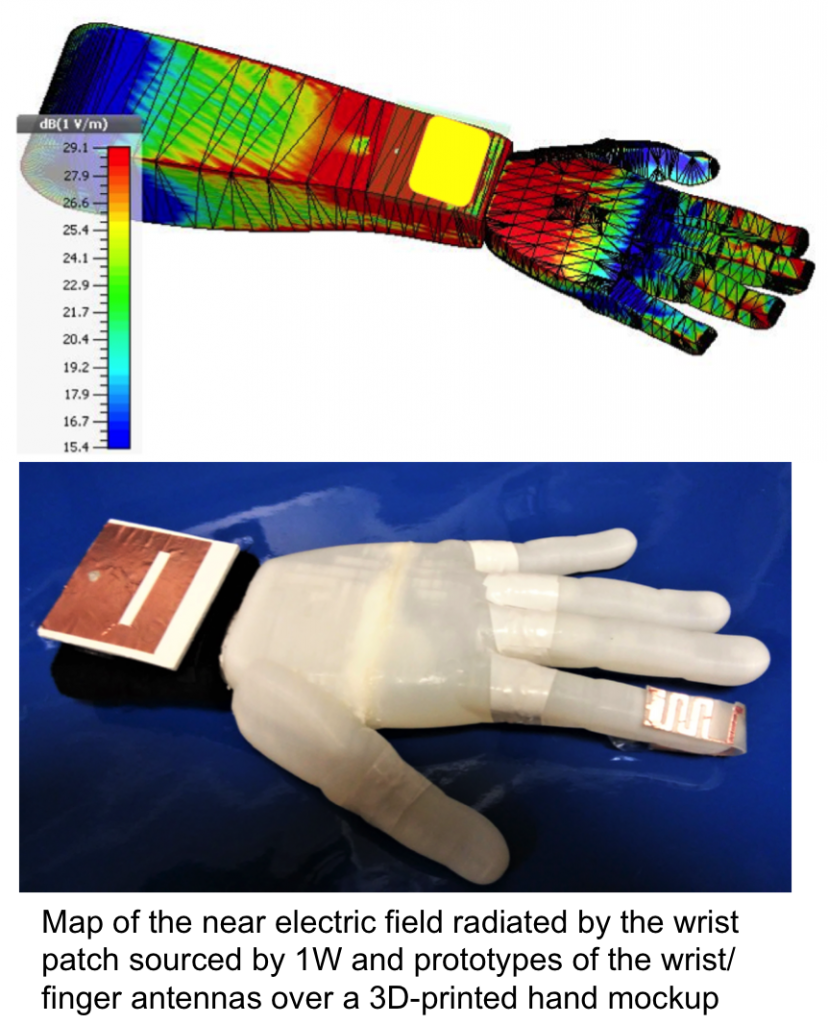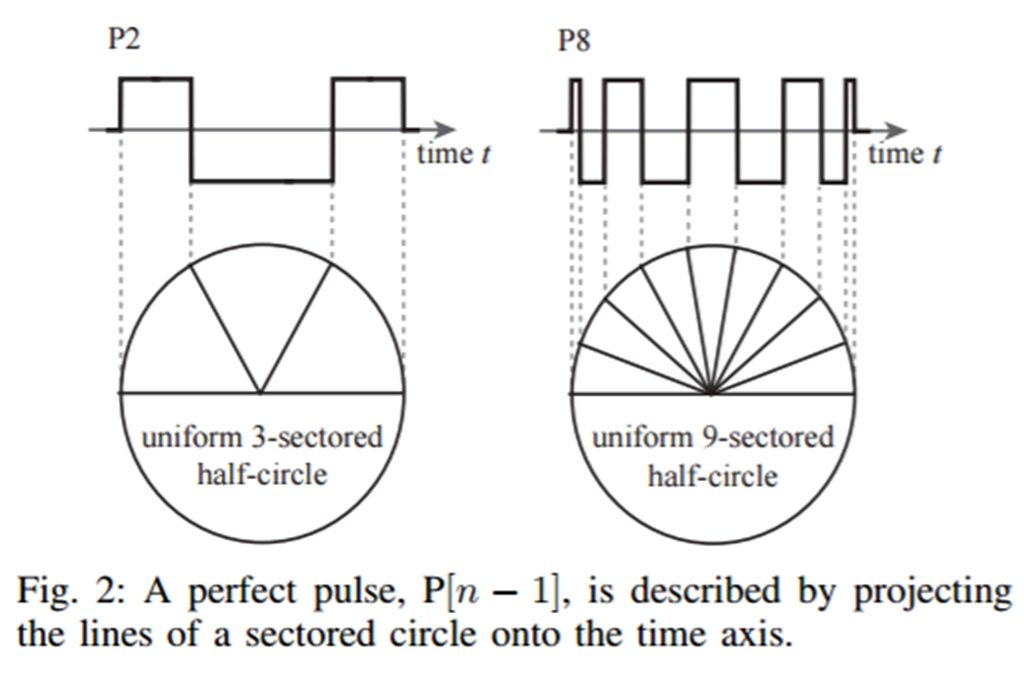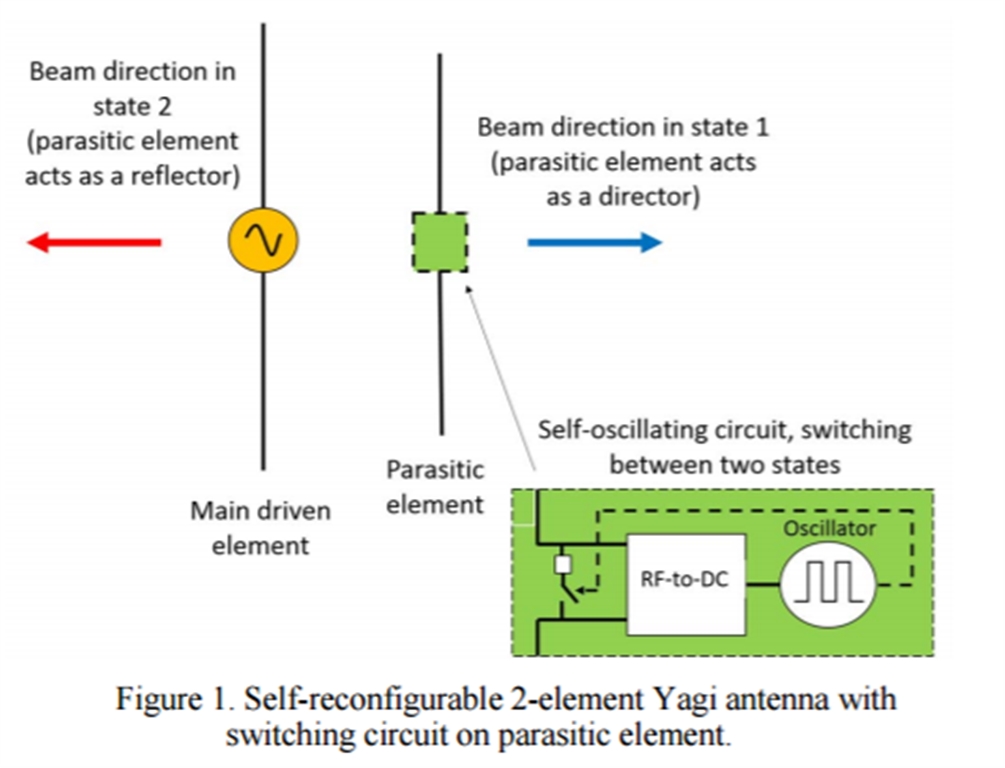Best Paper Award Nominees
Listed in alphabetical order by title. Winners announced on the opening plenary session!
A Dual-Band Wireless Power Transfer and Backscatter Communication Approach for Implantable Neuroprosthetic Devices
Eleftherios Kampianakis, Apoorva Sharma, Jose’ Arenas and Matthew S. Reynolds (University of Washington, USA)
We present a dual-band HF and UHF fully integrated implantable neuroprosthetic testbed. This testbed includes a custom implanted device as well as an external system based on a commercially available USRP B210 software defined radio (SDR) platform. The implanted device integrates a BPSK backscatter uplink rate of 5 Mbps, an HF WPT efficiency of 47% with a power consumption of 1.332 milliwatt. The implanted device measures 25 mm diameter and has a total thickness of 2.8 mm including the printed circuit substrate, antenna, all circuitry, and silicone encapsulation. It supports up to 10 neural and 4 electromyogram (EMG) channels with a sampling rate of 26.1 kHz for the neural channels and 1.628 kHz for the EMG channels. The communication link is shown to have 0% packet error rate at an implant depth of up to 2.5 cm.
Finger-Augmented RFID System to Restore Peripheral Thermal Feeling
V. Di Cecco, S. Amendola, P.P. Valentini, and G. Marrocco (Tor Vergata University)
Finger-Augmented Devices (FAD) identify a particular wearable technology suitable to turn the human fingers into enhanced sensing surfaces for advanced human-computer interfaces. The feasibility of a full on-body UHF RFID-based FAD is here investigated for the first time. The system is aimed at providing impaired people suffering from a lack of thermal feeling, due to pathological disorders, with a real time feedback of the temperature sensed by the fingertips. The considered RFID-FAD comprises an epidermal tag suitable to conformal application over the fingertip and an interrogation wrist patch antenna. The electromagnetic challenge concerns the possibility to establish a robust RFID link when both the reader antenna and the passive fingertip tag are attached onto the lossy human skin. The occurring near-field interaction is modeled by a two-port system and experimentally tested by means of a 3D hand mock-up made by additive manufacturing. Simulations and measurement permitted to derive the upper-bound performance and to estimate the required power budget. The idea is finally demonstrated with a proof of concept in a realistic application.
Perfect Pulses for Ambient Backscatter Communication
Michael A. Varner, Rajib Bhattacharjea, and Gregory D. Durgin (Georgia Institute of Technology)
This paper explains how to construct perfect pulses – antipodal binary waveforms with extraordinary DC-nulling properties. Several methods for employing perfect pulses in digital modulation schemes, with particular emphasis on backscatter (and simply scatter) radio modulation, are demonstrated. These waveforms enable a completely new type of RF information exchange by piggy-backing useful information onto ambient wireless signals using low-powered electronics. A mathematical model of perfect pulses is shared as well as an overview of their spectral properties. Software simulations of perfect pulse enabled communications depict the creation of the channel waveforms, modulation onto a pseudo-random ambient carrier, and retrieval of the intended message data from the noisy and interference laden received signal. A robust receiver system is described which can be implemented via simple post-processing techniques in a software defined system or as a low-cost, low power RF circuit using commercial-off-the-shelf components. Experimentally retrieved data is used to create a realistic estimate of bit rate errors using an actual FM radio station signal.
Self-Reconfigurable RFID Reader Antenna
Pavel Nikitin (Honeywell)
This paper presents a self-reconfigurable switched beam RFID reader antenna concept and its experimental implementation. The specific antenna presented in this paper is a planar 2-element Yagi array with a parasitic element loaded with a self-oscillating switching circuit powered wirelessly, by the antenna signal itself. Once this reader antenna is fed with RF signal of sufficient power, the circuit starts oscillating, switching between the two complex impedance values, and thus changing the antenna radiation pattern. We describe a theory of operation, including modeling and simulation, and present a prototype of such an antenna operating at 900 MHz with two distinct switched beams and a peak gain of 4.5 dBi.





